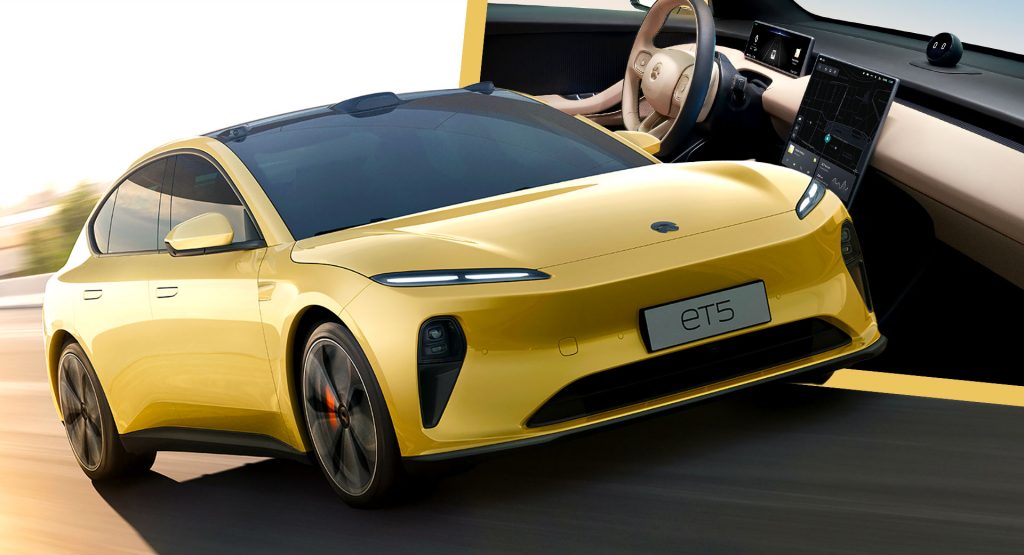Daniel in SD
(supervised)
Companies certainly have a strong incentive to reduce collisions since they're liable for their employees. A Google search doesn't seem to produce a clear answer about whether company owned vehicles have a higher or lower accident rate than personal vehicles. Of course autonomous vehicle testing has the automation complacency issue and it's the entire job (not just driving to and from a job site or doing deliveries) so it's quite a bit different than regular driving. My feeling is that making autonomous vehicle testing safe is a huge challenge as the systems get more capable. In 2018 Cruise said they have two test drivers in every vehicle, not sure if they are still doing that.The reddit thread has "insiders" that say this may have to do with how some of these companies design their break system, which discourages you from honestly reporting your fatigue levels, because you would get suspended without pay. It's an interesting point. Some people (including in the comments in that article) make a big deal about having trained drivers versus Tesla just crowd sourcing it to owners, but are trained drivers that do this as a full time job really better in terms of safety (taking into account fatigue vs training)?
Tesla is definitely trying to be safe with their testing. Unfortunately they also have to worry about customer satisfaction and I wonder if a safe testing program would be very unpopular. Though now that I think about it a little more they should try harder and kick some of the YouTubers off the beta.





